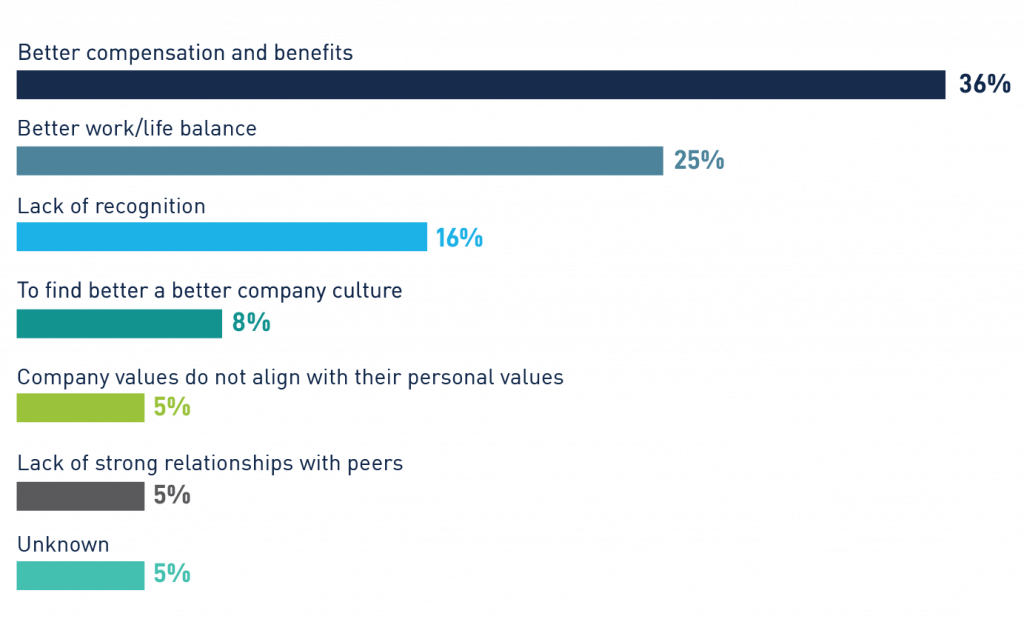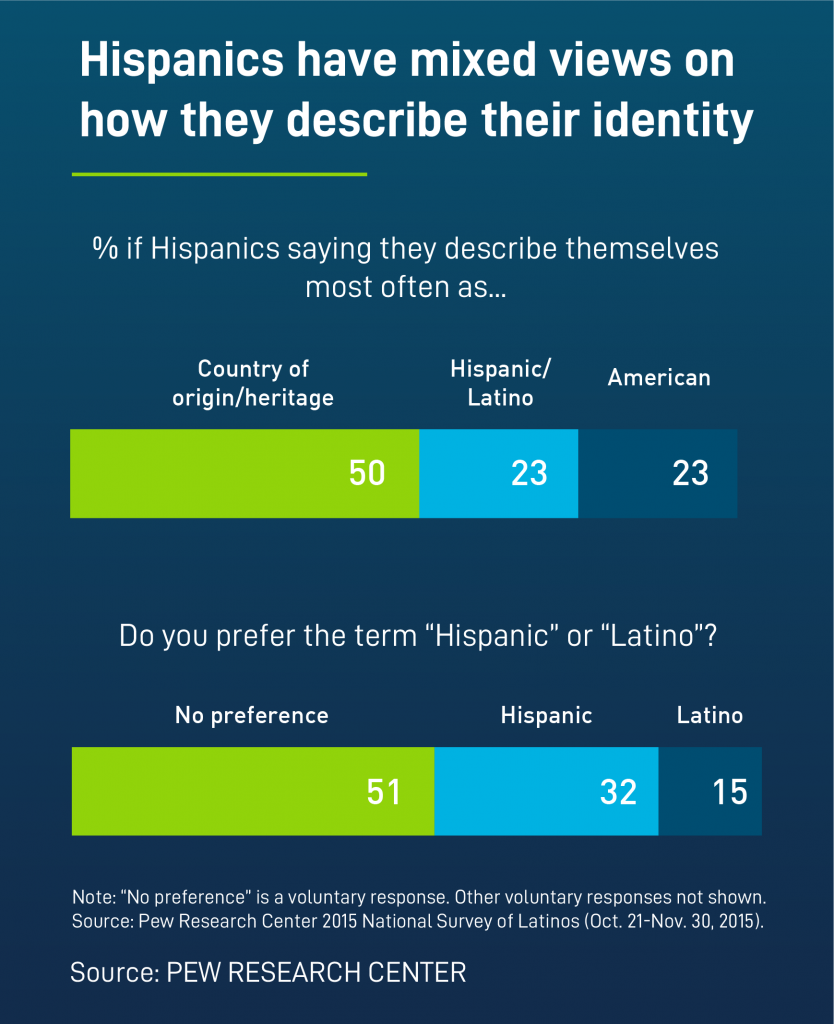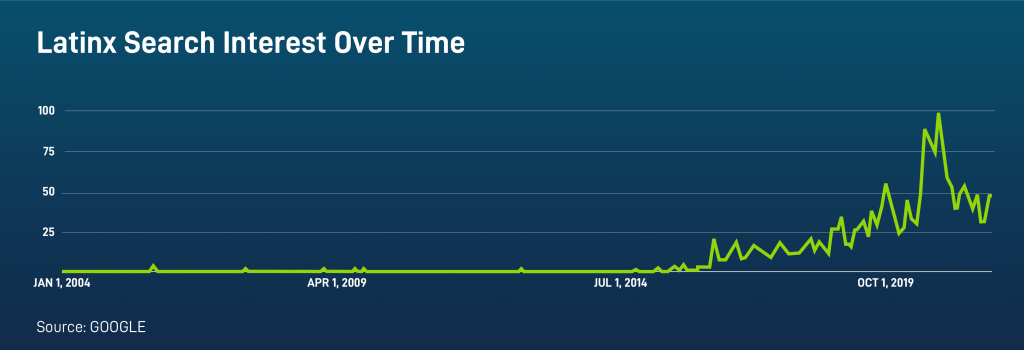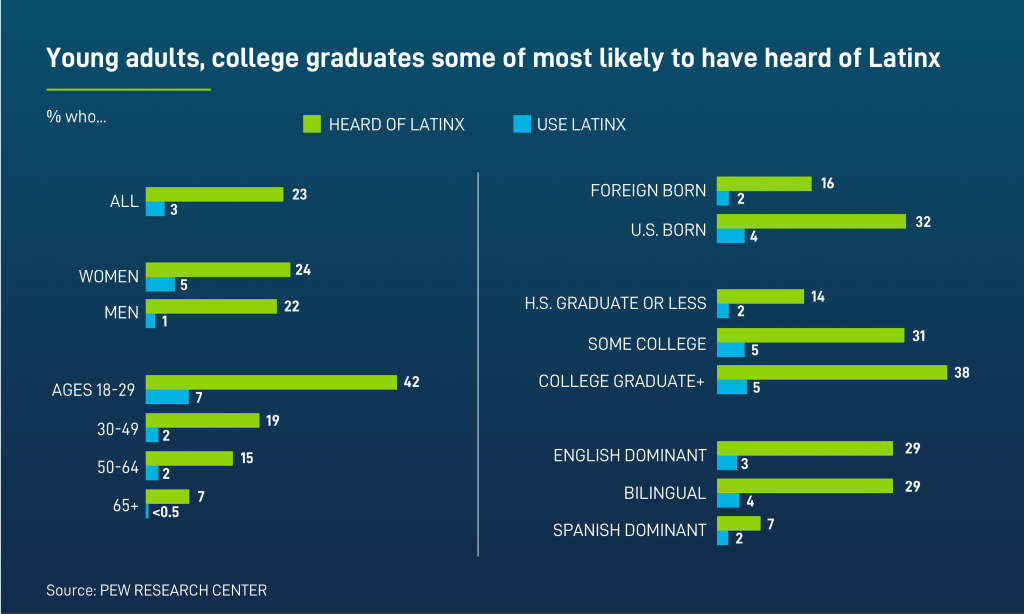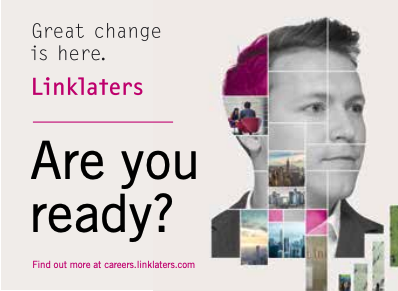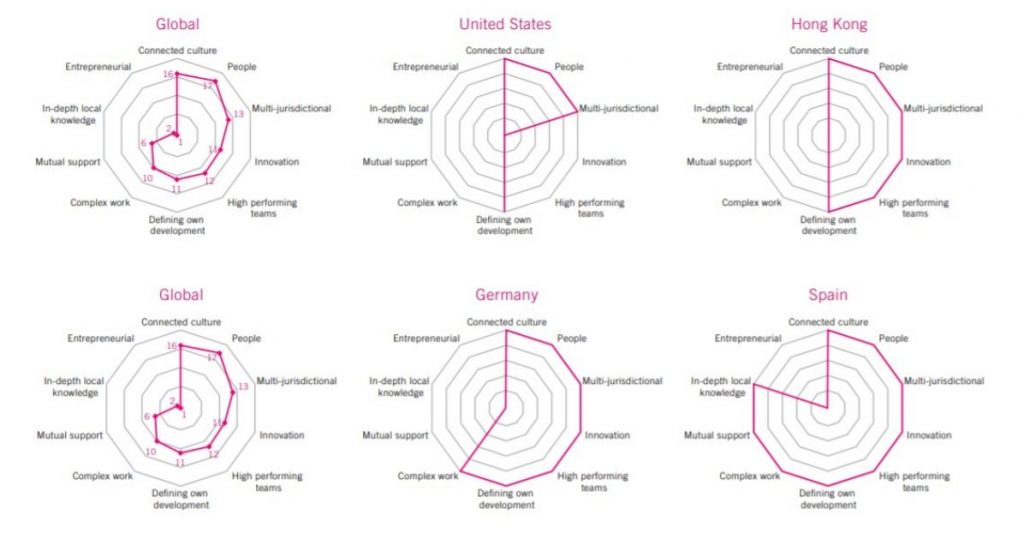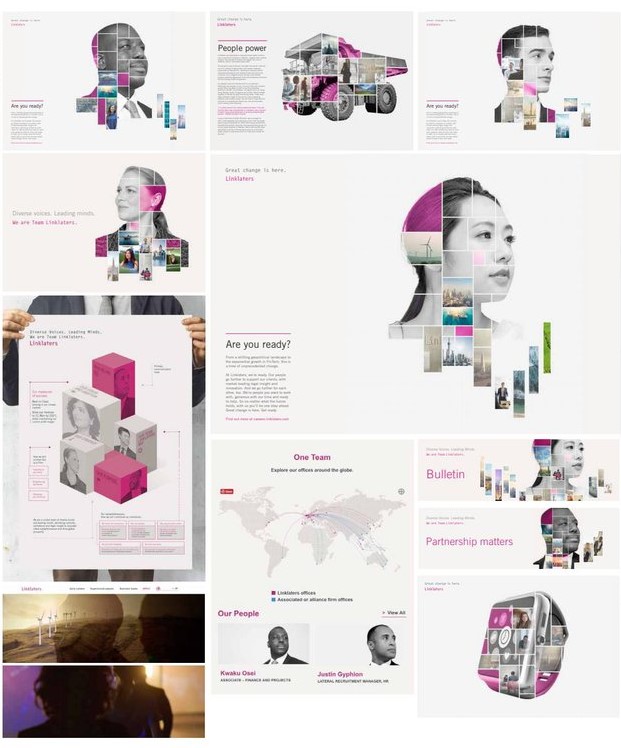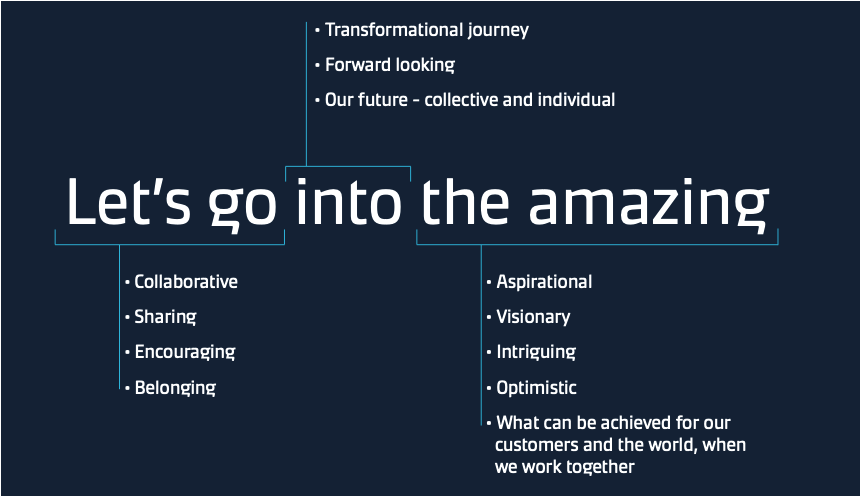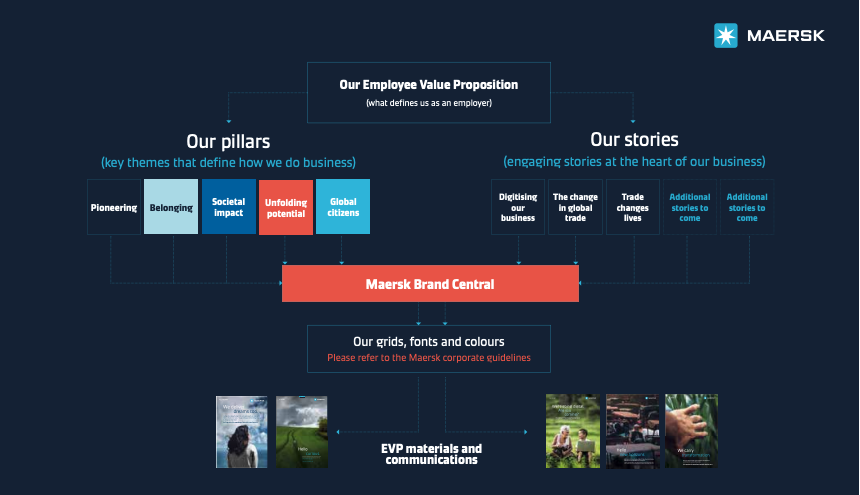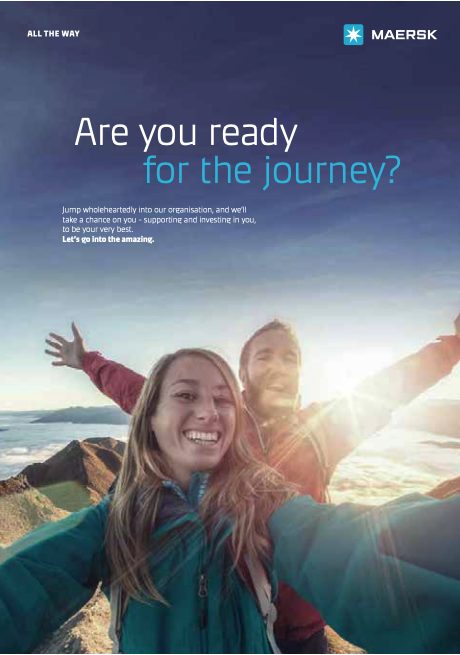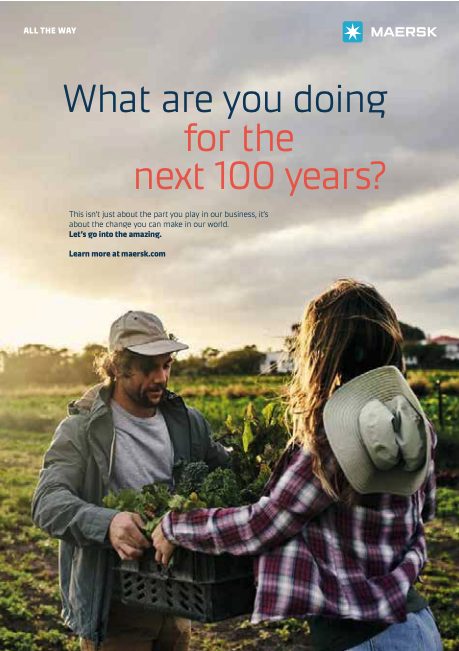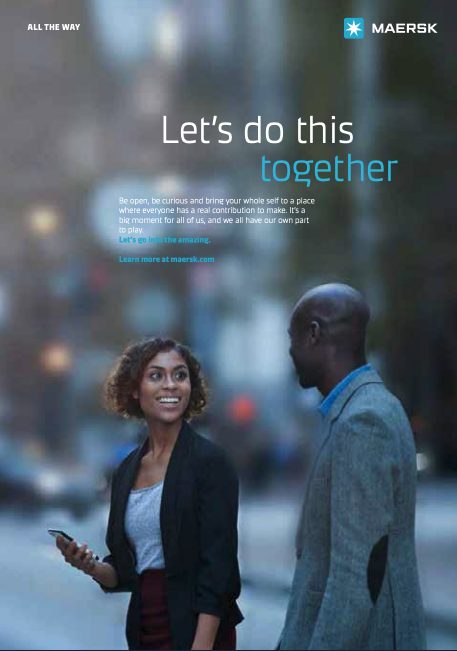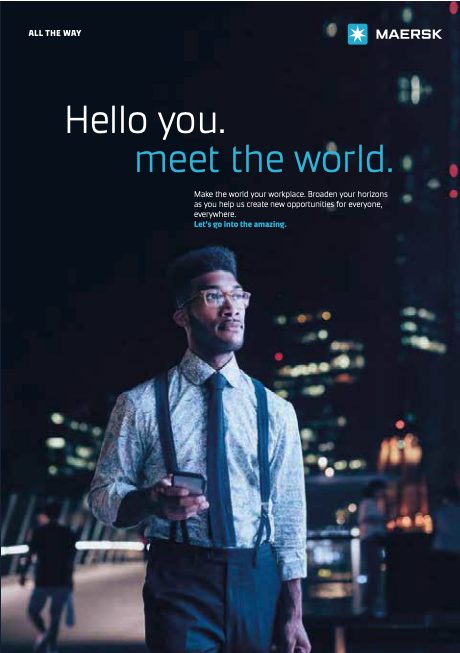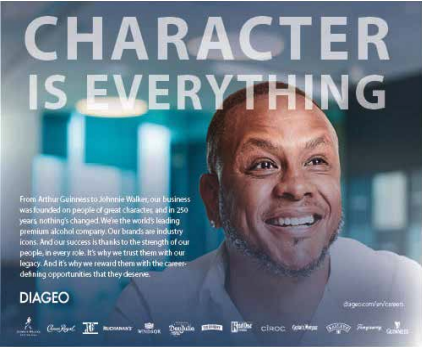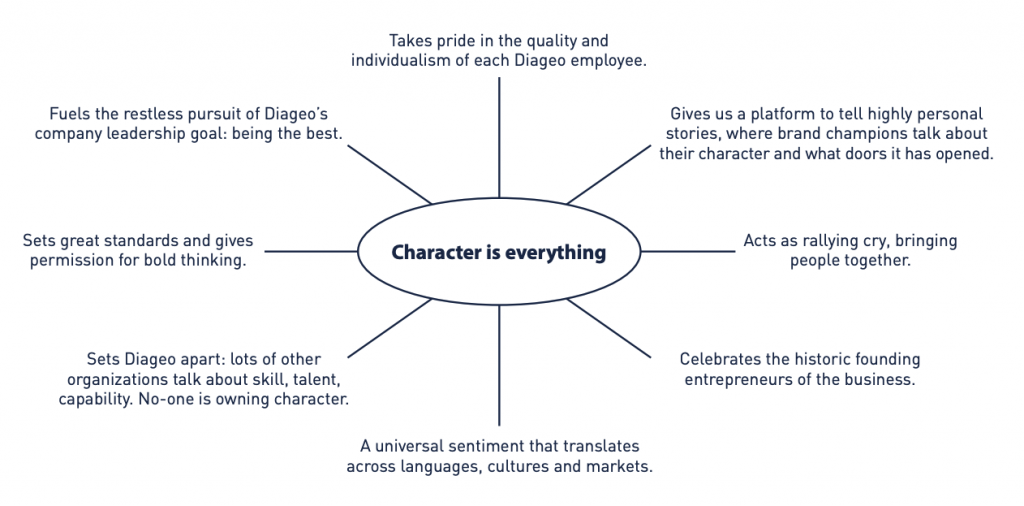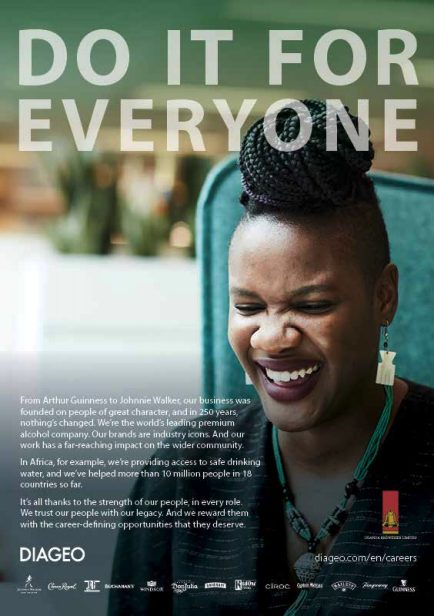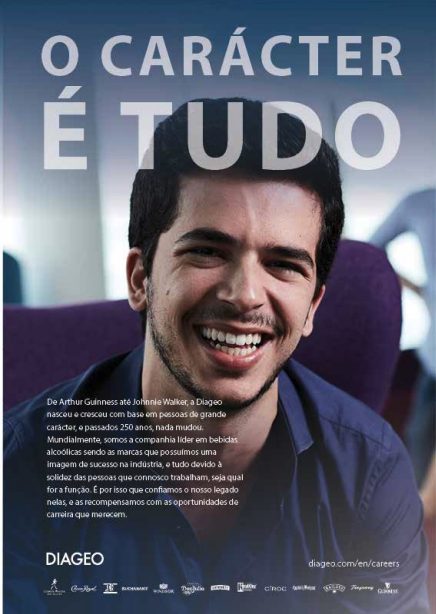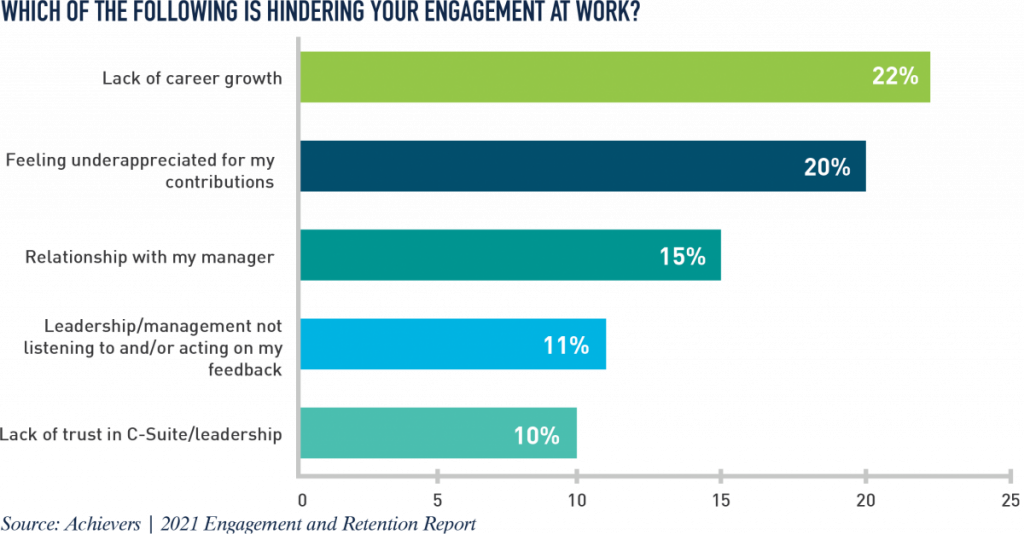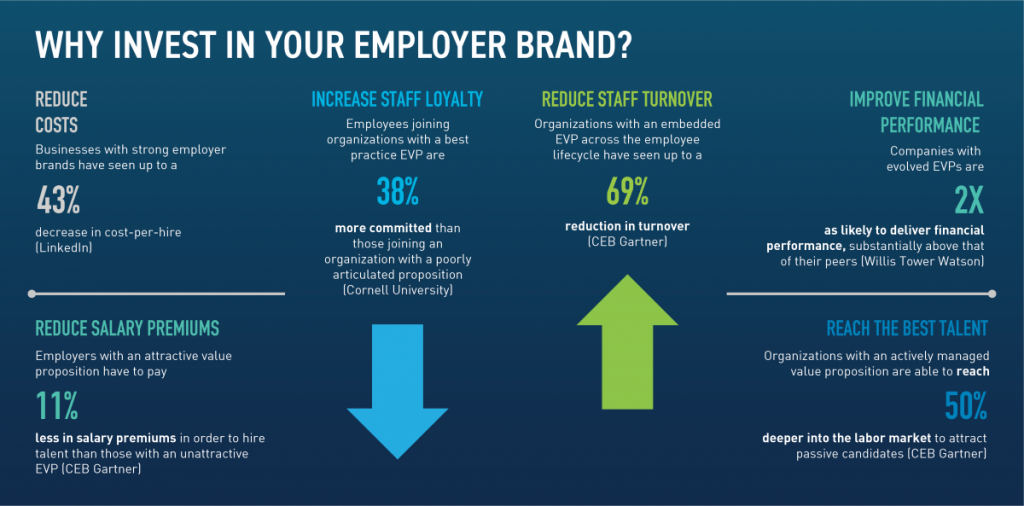Talent pools are important. However, expanding your talent pool amid turbulent times can be difficult. As businesses navigate reopening and hiring amid the surge of the Delta variant of COVID-19, many are struggling to fill their open roles with the talent they need: According to a survey by Willis Towers Watson, 73% of companies are having difficulty attracting employees, and 70% expect that their current challenges to hire and keep workers will linger into 2022.
Notably, the same survey found that these hiring challenges are caused by a variety of different factors, which vary based on industry and position type. For example, for hospitality, restaurant, warehouse and distribution employees, postponing their return to work and collecting unemployment when it was offered was the most commonly cited reason for difficulties in attracting staff. And, even when those extended unemployment benefits ended, hiring did not surge. Meanwhile, virtual employees present challenges based on high wage expectations, and other professionals are holding out for companies with work-from-anywhere policies.
At the same time, millions of workers are also planning to change careers: Data released by Monster showed that 95% of workers surveyed said they were considering changing jobs, while 92% said they were willing to switch industries to do so. Therefore, if your organization is struggling to fill open positions, developing a program to attract and reskill workers who are changing careers could significantly expand your talent pool.
In this article, we’ll explain why people are choosing to change careers, share common skills you should look out for in your talent pool expansion, and provide suggestions for how to create a reskilling program that will work for your organization.
How the Talent Pool is Evolving: Why Are Workers Changing Careers?
As a result of the pandemic and the tragic losses that came with it, people were faced with a reminder that every day is not guaranteed. This realization caused many to rethink their life choices and shift to prioritize their health, loved ones, hobbies and the things they truly enjoy. For many, this included rethinking their career path and goals—including exploring job opportunities that they’re truly passionate about so that they could make every day count.
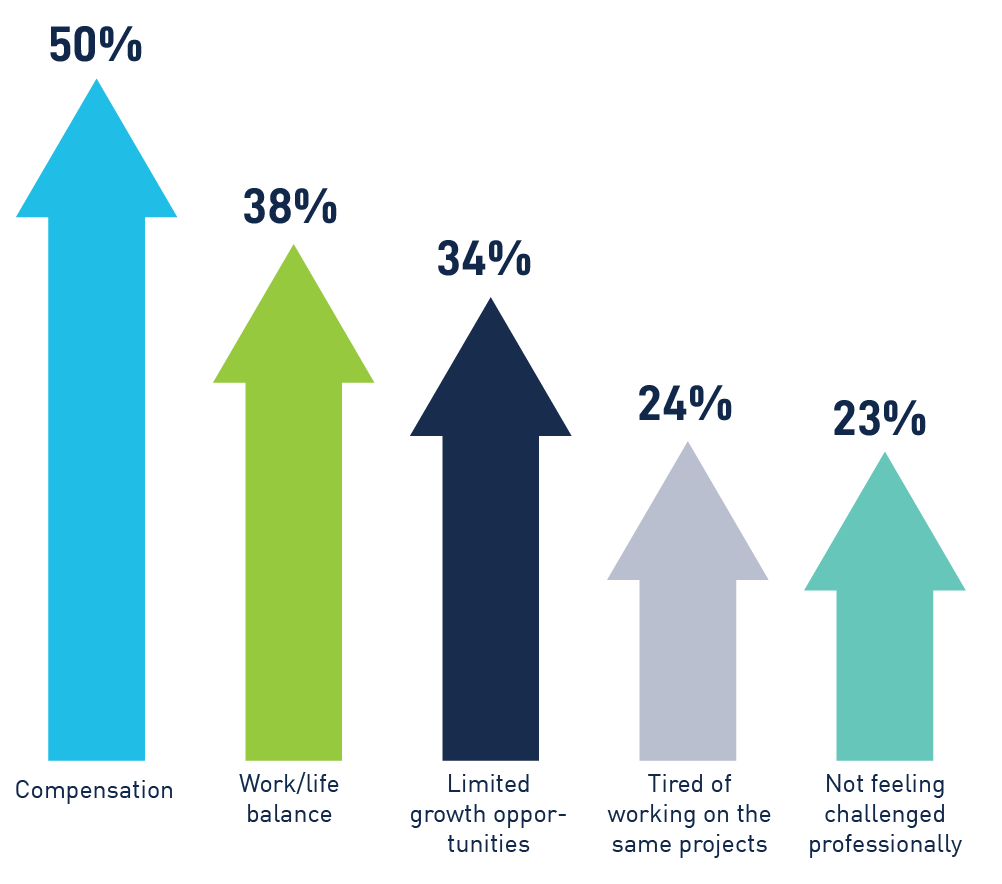
As an employer, you can capitalize on this migration by offering competitive employment packages complete with work/life balance and promoting those benefits via recruitment marketing techniques. More precisely, beyond compensation and flexible work arrangements, show candidates how you will challenge them and help them grow in their career.
Building a Talent Pool: Identifying Transferable Skills in Workers Changing Careers
When searching for talent, you might not consider looking in certain industries or job types because you’re unsure whether the skills developed in those roles will match up with what you need for your business. However, 53% of workers said they’d switch to an entirely new industry if they could retrain.
Fortunately, you don’t need to start from scratch when hiring people who have chosen to change career paths. Instead, focus on attracting candidates who have strong transferable skills across industries.
Transferable skills, also known as “portable skills,” are qualities that can be transferred from one job to another. Transferable skills can be used to position your past experience when applying for a new job—especially if it’s in a different industry.
Furthermore, when you find candidates with certain transferrable skills, you won’t have to worry about training them on those. And, because many transferrable skills are soft skills, the candidate will be more malleable and will integrate well into a new job. In particular, they’ll be able to start working faster and will be more productive from the beginning. As a result, your training time can be focused on knowledge specific to your organization and the role.
Consider looking for these common transferrable skills when expanding your talent pool beyond your industry:
Problem-Solving
Workers who can demonstrate strong problem-solving skills in their previous roles will likely be able to apply that same mentality on the job at your organization. Specifically, employees with problem-solving skills will be able to identify problems, find what is causing the problem and seek out potential solutions—without you having to nudge them.
Teamwork
If the role you’re hiring for requires a lot of collaboration between team members, look for candidates who have experience working toward a common goal with others. Teamwork also encompasses several other skills, such as empathy, active listening and communication.
Communication
Communication is perhaps the most common transferable skill across all industries and job types because it’s required in almost every role. Workers with effective communication skills will be able to clearly share ideas and information both verbally and in writing; know when to ask questions; read body language; and communicate with others in a wide range of settings.
Leadership
While leadership skills are especially vital for leadership roles, such as managers and above, they’re also important for people to possess across the organization. That’s because leadership skills contribute to an employee’s ability to take the lead, get a team on the same page, delegate when needed and see a project through to completion.
Adaptability
Workers who are adaptable and flexible will be able to adjust as deadlines, teams or processes change. They’ll be able to pivot and learn new skills when needed, while also maintaining a positive attitude and ensuring goals are still met.
Technology Literacy
If you don’t want to teach your next hire the basics, look for candidates who have experience working with common business tools and technologies that will easily integrate into your business function. Similarly, if your organization is embracing more digital tools, it’s also important that your candidate is comfortable learning new technologies and software to improve efficiency and evolve with your organization.
While the list above highlights some key transferable skills, there are numerous others that might fit into your organization and the roles you’re looking to fill. Check out this list from FlexJobs for more.
Building a Reskilling Program for Workers Changing Careers
Attracting and hiring candidates with transferable skills will allow you to skip basic training on those qualities. However, because many of these hires will be coming from different industries, you’ll likely still need to provide some reskilling training for non-transferable skills to help them adjust to the new role.
Plus, employees expect training to come from employers. In a survey from Prudential, when asked who was most responsible for helping them develop the skills they need (aside from themselves), workers most often ranked employers as number one (33%). Likewise, when asked about the top ways that employers can support workers’ learning, workers most often said flexible schedules (78%), followed by employee-offered training (71%) and on-demand courses (71%).
But, what type of training will work for your organization? Well, that depends on what types of roles you’re looking to fill. According to a report by CompTIA, candidates have different preferences regarding training methods based on the type of job they’re seeking.
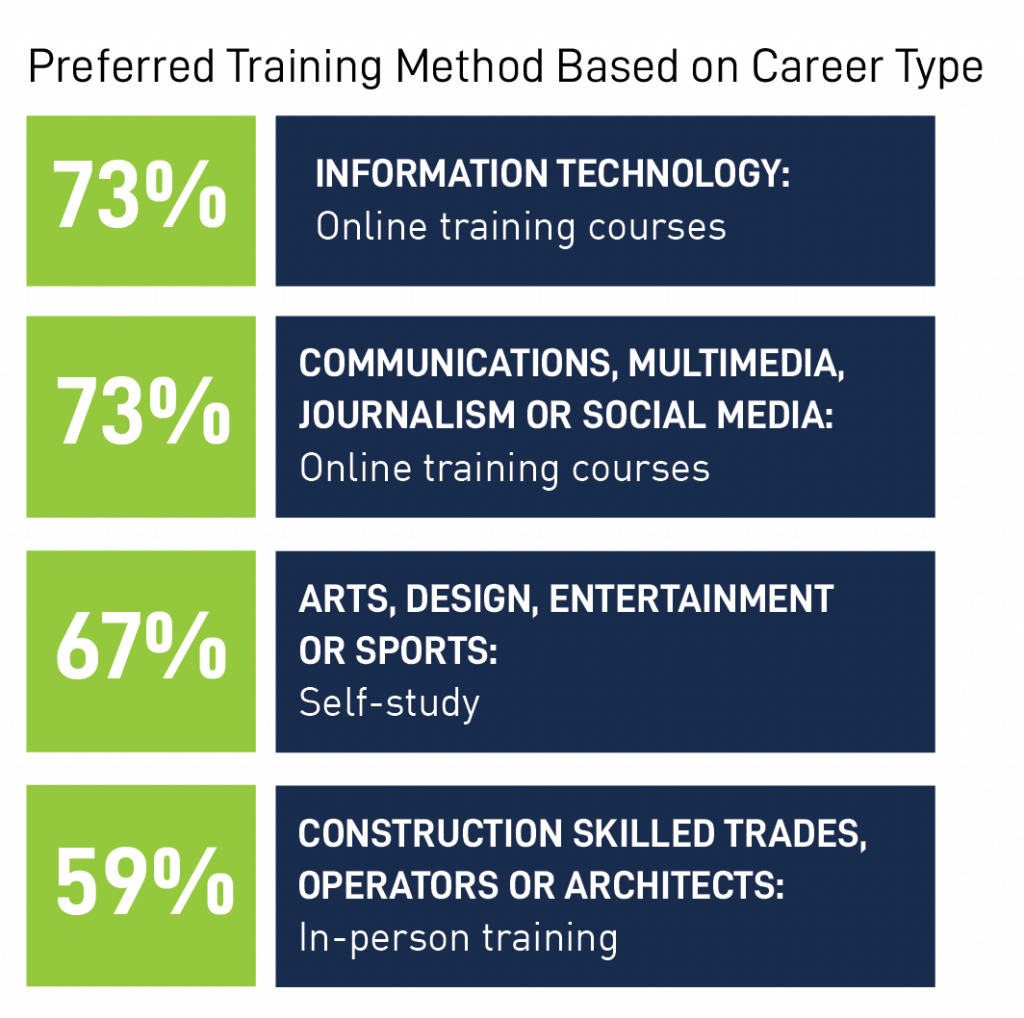
Consider these three steps to help you build an effective reskilling program:
1. Identify Skills Gaps
When hiring candidates from different industries, there’s no doubt that they’ll require some additional skills training to be able to be successful in the new role. So, identify what those key skills are so you can build your training program from there. Then, rather than spending time on transferable skills you already know your candidate possesses, focus on skills unique to the job and your organization, instead.
2. Develop Specific Skills Trainings
Once you’ve identified the key areas that will need to be covered, develop trainings specific to those needs. These trainings should encompass a variety of reskilling methods to fit the individual needs of your new hires, including:
a. On-the-job training: Employees can take on small projects and learn from real-world experience.
b. Online learning: Virtual courses can be taken at any time and are a great way to speed up the learning process. They provide a lot of content in a digestible form that anyone can grasp.
c. Blended learning: Combine online courses with in-person training to maximize the benefits of both. Employees can engage with instructors in person and come equipped with knowledge and questions from online training.
d. Peer learning: Employees can learn from one another through collaboration and job shadowing. By observing what someone’s day looks like, employees will get a good sense of what will be expected of them day-to-day.
3. Measure Success
Leverage surveys, discussions, post-training assessments and candid feedback from trainees regarding the value they found from the reskilling trainings. Do they feel like they’ve learned something new? Do they have the knowledge to put new skills to use? Are they implementing what they’ve learned on the job? Once you find out, revaluate and improve your training program regularly based on the strengths and weaknesses that employees identify.
Marketing Your Reskilling Program to Your Expanded Talent Pool
Now that you’ve assessed the transferable skills to watch for and developed a reskilling program for workers who are changing careers, it’s important to make that program known to these workers: Utilize recruitment marketing techniques on social media to promote your roles and share that your organization is offering reskilling to employees from a variety of industries. In job ads, highlight the fact that hires will be provided with reskilling training to ensure they’re successful in their new role. This—in conjunction with a strong employment offer and benefits—will help your business stand out above others in the competitive search for top talent.

